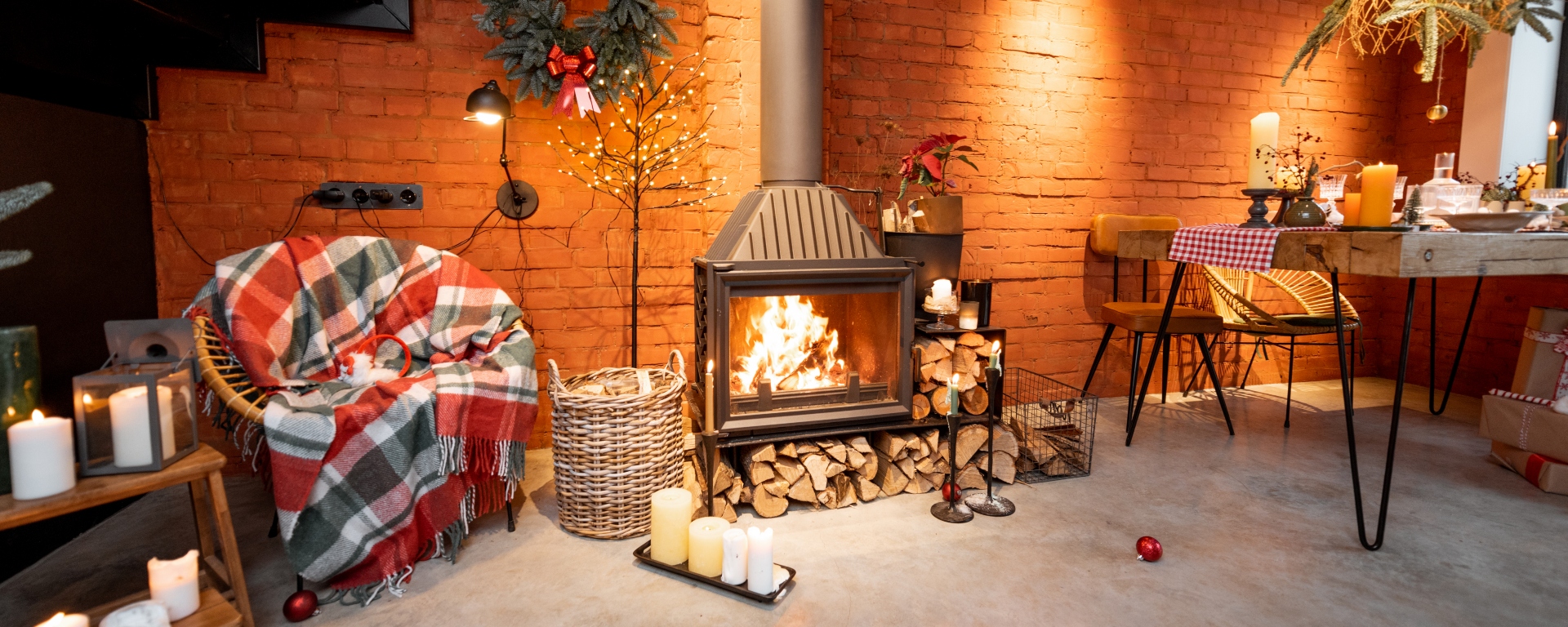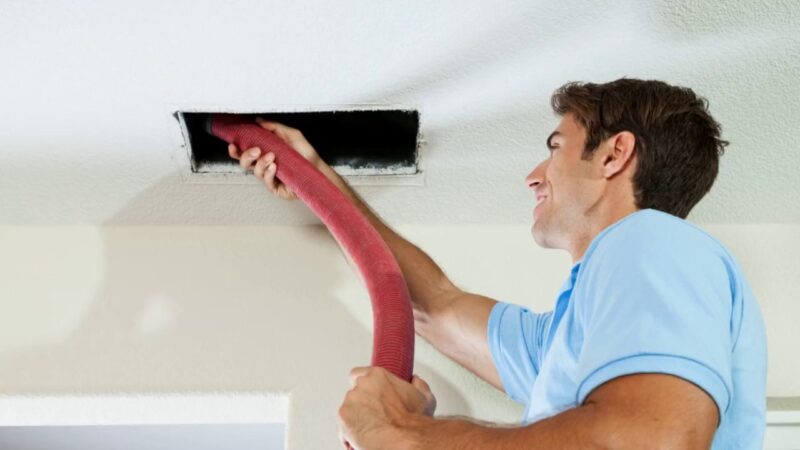Keeping Your Home Cozy and Safe: Wood Burning Fireplace Cleaning Services Matter

When the air turns crisp and the days grow shorter, there’s nothing quite like the warm, crackling ambiance of a wood-burning fireplace. But behind that comforting glow lies a responsibility: maintaining and cleaning your fireplace properly to keep your home safe, efficient, and inviting. That’s where wood burning fireplace cleaning services come in. In this comprehensive guide, we’ll explore why these services are essential, what the process entails, benefits to your home and health, how often you really need them, choosing the right provider, plus some practical care tips.
🔥 Why Clean a Wood-Burning Fireplace?
1. Fire Safety
Over time, wood smoke deposits a sticky, flammable residue called creosote along the chimney walls. Left unchecked, this buildup can ignite, triggering dangerous chimney fires. Regular cleaning removes creosote, slashes fire hazards, and ensures flames stay inside the fireplace where they belong.
2. Improved Efficiency
Creosote and soot clog airways, making it harder for smoke to escape and airflow to circulate properly. A clean fireplace burns hotter and cleaner, providing more heat with less fuel — saving you money and boosting the performance of your hearth.
3. Better Indoor Air Quality
Soot and ash can seep into your living spaces, triggering coughing, allergies, or respiratory irritation. By eliminating these pollutants from your chimney and firebox, professional cleaning keeps your home’s air fresh and healthy.
4. Thorough Inspection
Wood burning fireplace cleaning services often include inspecting structural components — chimney liners, dampers, flue caps, and masonry. Catching cracks, deterioration, or animal nests early prevents costly repairs and ensures safe operation.
What Does the Service Include?
When you hire wood burning fireplace cleaning services, here’s what typically happens:
- Chimney Sweep
Certified technicians descend into your chimney to remove built-up soot, ash, and creosote using specialized brushes and vacuums. - Firebox Scrub
The area where you light fires is cleaned of leftover ash and debris to restore functionality and appearance. - Flue & Damper Inspection
Cleaning includes the metal flue and damper mechanism. Technicians ensure they open and close properly, seal as intended, and are free from corrosion or blockage. - Chimney Cap & Crown Check
These protective pieces at the chimney top are inspected for damage. A sound cap keeps rain and critters out. - Masonry & Liner Assessment
Masonry is checked for cracks, loose bricks, mortar damage, or evidence of water intrusion. The liner’s integrity is confirmed for safe heat and smoke channeling. - Professional Recommendations
After cleaning, you’ll receive a report on any issues discovered — from cracked flue tiles to minor structural flaws. This empowers you to plan timely repairs.
Most reputable companies adhere to the National Fire Protection Association (NFPA) Standard 211 protocol, ensuring a full-scope sweep, clean, and inspection.
How Often Should You Schedule Cleaning?
Frequency depends on usage and type of wood:
- Heavy Use All Season: Clean at least once per heating season, or more if you’re a daily fire starter.
- Occasional Use: At minimum, one annual cleaning is advised — preferably before cold weather sets in.
- Green or Softwood Use: These woods leave more creosote; clean more frequently.
- Burning Well-Seasoned Hardwood: Cleaner combustion may reduce frequency, but annual service remains a wise precaution.
As a rule of thumb, an annual chimney sweep paired with an inspection is a smart move — even if your fireplace usage has been light.
Benefits of Hiring Professionals
✅ Certified Technicians
Experts arrive with the right tools, training, and experience. You won’t be risking ladder falls, chimney incision scars on the roof, or incomplete cleaning.
✅ Complete Safety
Pros handle heavy soot, confirm proper ventilation, and test hardware. You receive peace of mind that the fireplace meets code and safety standards.
✅ Detect Hidden Problems Early
A damaged flue or a cracked damper can be disaster waiting to happen. Professional inspection spots these issues before they grow.
✅ Cleaner Home Environment
Bird nests, animal droppings, or other obstructions are properly removed — preventing foul smells, pests, or harmful fumes inside your home.
✅ Compliance and Insurance Protection
Insurance often requires proof of regular maintenance on fireplaces. Having a documented clean with a detailed inspection report from a professional meets these important criteria.
Choosing the Right Wood Burning Fireplace Cleaning Services
Here’s how to pick a reliable provider:
- Certification and Standards
Seek technicians certified by Chimney Safety Institute of America (CSIA) or trained to meet NFPA 211 standards. - Comprehensive Service
Ensure the company offers a full sweep, clean, inspection, and written report — not just a quick brush-down. - Transparent Pricing
Ask for upfront quotes. Charges should cover labor, travel, cleanup, inspection report, and any safety testing. - Good Reviews and Reputation
Look for sustained ratings, personal referrals, or website testimonials attesting to quality, professionalism, and efficiency. - Liability Insurance
Providers should carry coverage for potential property damage during service. - Extended Services Offerings
If you’re interested in related services like gas fireplace cleanings, duct cleaning, or dryer vent clearing, choosing a multi-skilled provider can be cost-effective.
Adding Value: Combined Fireplace Solutions
Many trust professionals for gas fireplace cleaning services and wood burning fireplace cleaning services alike — combining upkeep for both systems. This integrated approach means you only deal with one trusted, knowledgeable team who understand the complexities of different fireside systems. It also lends efficiency and potential savings, as technicians already on-site can inspect all your hearths in one go.
DIY Maintenance Between Professional Visits
While professional cleaning is nonnegotiable, homeowners can benefit by:
- Removing ashes regularly once cooled.
- Keeping the hearth and surrounding area clear of flammable items.
- Periodically checking the damper and firebox for obvious issues.
- Using dry, seasoned hardwood to minimize creosote accumulation.
- Using carbon monoxide and smoke detectors nearby.
These tasks help your cleaning professionals do their job better — and save you money over time.
Cost vs. Value — It’s Worth It
Yes, scheduling wood burning fireplace cleaning services involves cost — typically a couple hundred dollars based on region and complexity — but the return on investment is enormous. You’re guarding against chimney fires, preventing expensive home repairs, extending the life of your fireplace structure, improving efficiency, and avoiding health hazards. In short: peace of mind that no budget can truly measure.
When Is Cleaning Urgent?
Call a professional if you notice:
- A sharp increase in soot buildup.
- Smoke backing into the room or unusual odors.
- Rusty or damaged chimney cap.
- Poor drafts or lingering creosote.
- Wildlife activity in or around the chimney.
These signs may indicate blockages, creosote flashovers, or structural decline — all of which demand prompt attention.
Final Word
The enchantment of a wood-burning fireplace is timeless — but so are the risks if not managed properly. Hiring wood burning fireplace cleaning services isn’t just about keeping ashes out; it’s about safety, efficiency, and preserving the comfort of your home season after season.
So this winter, before the first chilly evening rolls in, reserve your cleaning slot. Enjoy fireside warmth without worry. Your family, home, and hearth will thank you.



